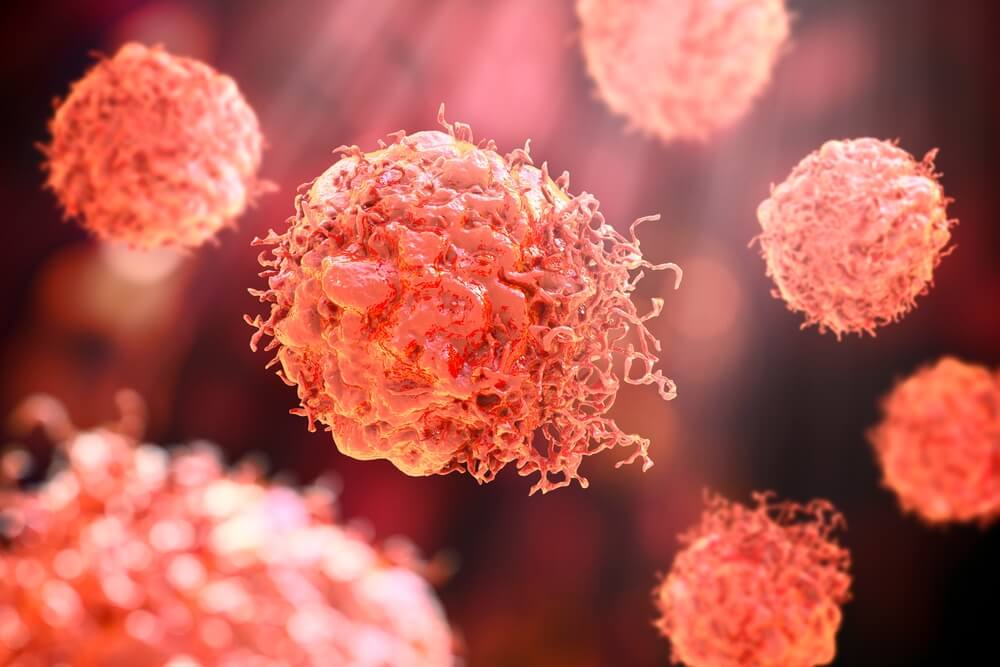Sarcoma, a rare and often misunderstood form of cancer, encompasses a diverse group of tumors that arise from the connective tissues in the body. These tumors can affect various parts of the body, making understanding their types, causes, risk factors, and available treatments crucial for both patients and healthcare providers.
In this article, Dr. Omar Rashid and his expert team will delve into the intricacies of sarcoma, shedding light on its symptoms, treatment options, and the factors that contribute to its development.
Understanding Sarcoma

Sarcomas are classified into two main types: soft tissue sarcoma and bone sarcoma. Soft tissue sarcomas develop in the muscles, nerves, and blood vessels, while bone sarcomas arise in the bones. Within these broad categories, there are over 50 subtypes of sarcoma, each with its own unique characteristics and behaviors.
Types of Sarcoma
Soft Tissue Sarcomas
Soft tissue sarcomas can manifest in various locations throughout the body, including the arms, legs, trunk, and abdomen. Some common subtypes include leiomyosarcoma, liposarcoma, and synovial sarcoma. Understanding the specific type is crucial for tailoring an effective treatment plan.
Bone Sarcomas
Osteosarcoma and Ewing sarcoma are the most prevalent types of bone sarcomas. These tumors often affect the long bones, such as the arms and legs, and are more common in children and young adults. Early detection and diagnosis are key in managing bone sarcomas effectively.
Sarcoma Symptoms
Recognizing the symptoms of sarcoma is vital for early intervention. While symptoms can vary depending on the type and location of the tumor, common indicators include:
- Lump or Swelling: A noticeable lump or swelling in the affected area, which may or may not be accompanied by pain.
- Pain or Tenderness: Persistent pain or tenderness near the site of the tumor, particularly during movement.
- Limited Range of Motion: Difficulty moving a joint or body part due to the presence of a sarcoma.
- Fatigue and Unexplained Weight Loss: General feelings of fatigue and unexplained weight loss may be indicative of advanced stages of sarcoma.
Causes of Sarcoma
While the exact causes of sarcoma remain elusive, several risk factors may contribute to its development:
- Genetic Predisposition: Some individuals may have an inherited predisposition to developing sarcomas due to genetic mutations.
- Radiation Exposure: Previous exposure to radiation therapy, whether for cancer treatment or other medical reasons, increases the risk of developing sarcoma.
- Environmental Factors: Certain environmental toxins and chemicals may play a role in sarcoma development, though research in this area is ongoing.
Risk Factors of Sarcoma
Understanding the risk factors associated with sarcoma is pivotal not only for proactive prevention strategies but also for the early detection and intervention that can significantly impact outcomes. Sarcomas, characterized by their rarity and diversity, present unique challenges in terms of risk assessment. Here, we explore key risk factors that shed light on the nuanced landscape of sarcoma:
Age
Sarcomas are remarkably diverse in their manifestation across age groups. While these tumors can affect individuals of any age, certain subtypes exhibit distinct predilections for specific life stages. Osteosarcoma and Ewing sarcoma, for instance, are more prevalent in children and young adults. Understanding these age-related patterns aids in both the early diagnosis and tailored management of sarcoma in different demographic groups.
Gender
The gender-specific incidence of sarcoma adds another layer of complexity to risk assessment. Certain subtypes exhibit a clear gender predilection, with specific types being more commonly diagnosed in either males or females. This nuanced understanding of gender-related disparities guides healthcare professionals in anticipating and addressing the unique challenges associated with sarcoma diagnosis and treatment, tailoring interventions to the individual’s needs.
Previous Cancer Treatment
While radiation therapy is a crucial tool in the fight against cancer, it also introduces an elevated risk for the development of sarcoma in the treated area. This is particularly relevant for individuals who have undergone radiation therapy as part of their treatment for a previous cancer. The intricate interplay between therapeutic benefits and potential long-term risks emphasizes the importance of vigilant monitoring and surveillance for sarcoma in individuals with a history of radiation therapy.
Genetic Predisposition
Beyond external factors, a growing body of research underscores the role of genetic predisposition in sarcoma susceptibility. Some individuals may carry inherited genetic mutations that predispose them to the development of sarcoma. Understanding these genetic markers not only informs risk assessment but also facilitates early detection through targeted surveillance and intervention strategies for at-risk individuals.
Environmental Exposures
While the links between environmental exposures and sarcoma development are still under investigation, emerging evidence suggests that certain toxins and environmental factors may contribute to an increased risk of sarcoma. Research in this area seeks to identify specific environmental triggers, offering potential avenues for preventive measures and public health interventions.
Sarcoma Treatments
Sarcoma, being a complex and diverse group of cancers, requires a multifaceted treatment approach that takes into account various factors such as the type, stage, and location of the tumor. The primary goal of sarcoma treatment is not only to eliminate cancerous tissue but also to preserve as much healthy tissue and function as possible. Here, we delve deeper into the common treatment modalities for sarcoma:
Surgery
Surgery stands as the cornerstone of sarcoma treatment. The surgical approach aims to remove the tumor and surrounding affected tissue physically. Surgeons work meticulously to achieve complete resection while minimizing the impact on nearby structures. In some cases, limb-sparing surgeries are performed, preserving functionality without compromising the effectiveness of the treatment. Surgical intervention is most successful when the tumor is localized, making early detection crucial for optimal outcomes.
Radiation Therapy
Often used in conjunction with surgery, radiation therapy plays a crucial role in the management of sarcoma. Prior to surgery, radiation can shrink the tumor, making it more operable. Alternatively, post-surgery, radiation targets any remaining cancer cells, reducing the risk of recurrence. The precision of modern radiation techniques helps minimize damage to surrounding healthy tissues, contributing to a better overall quality of life for patients.
Chemotherapy
In cases where sarcoma has metastasized or when surgical intervention is not feasible, chemotherapy becomes a pivotal component of the treatment plan. Chemotherapy involves the administration of drugs that circulate throughout the body, targeting rapidly dividing cancer cells. While it may have systemic side effects, chemotherapy is a powerful tool in halting the progression of sarcoma and improving overall survival rates.
Targeted Therapy
Targeted therapies mark a significant advancement in the treatment of sarcoma. Unlike chemotherapy, which affects both healthy and cancerous cells, targeted therapies focus on specific molecules involved in cancer growth. Tyrosine kinase inhibitors, for example, disrupt signals that promote tumor growth, offering a more precise and tailored approach. These therapies are particularly valuable in cases where traditional treatments may be less effective.
Immunotherapy

Immunotherapy represents a cutting-edge frontier in sarcoma treatment. By harnessing the body’s own immune system, immunotherapy stimulates an immune response against cancer cells. This approach has shown promise in various cancers, including sarcoma, as it seeks to enhance the body’s ability to recognize and eliminate cancerous cells. Although still in the early stages of research for sarcoma, immunotherapy holds immense potential for providing alternative and effective treatment options.
Finishing Thoughts
In conclusion, sarcoma is a complex and diverse group of cancers that require a nuanced approach to diagnosis and treatment. Recognizing the symptoms, understanding the various types, and being aware of risk factors are crucial for early detection and intervention. With advancements in medical research and technology, the landscape of sarcoma treatment is evolving, offering hope for improved outcomes and a brighter future for those affected by this rare form of cancer.
That said, if you want to learn more about sarcomas or have any other concerns, feel free to reach out to our expert team and schedule an appointment today.


